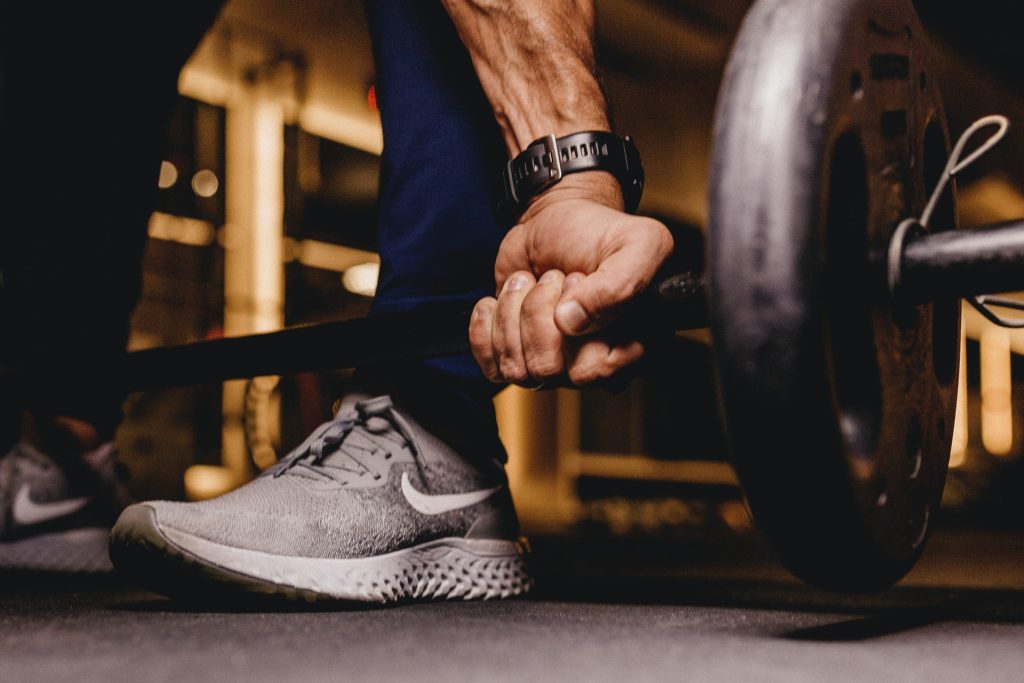
A new study has demonstrated the impact that resistance exercise training can have in the treatment of anxiety and depressive symptoms. The findings, published in Trends in Molecular Medicine, provide evidence to support the benefits of resistance exercise training can have on anxiety and depression and offers an examination of possible underlying mechanisms.
The research was carried out by Professor Matthew P. Herring at University of Limerick and Professor Jacob D. Meyer at Iowa State University.
“We are tremendously excited to have what we expect to be a highly cited snapshot of the promising available literature that supports resistance exercise training in improving anxiety and depression.
“Notwithstanding the limitations of the limited number of studies to date, there is exciting evidence, particularly from our previous and ongoing research of the available studies, that suggests that resistance exercise training may be an accessible alternative therapy to improve anxiety and depression.
“A more exciting aspect is that there is substantial promise in investigating the unknown mechanisms that may underlie these benefits to move us closer to maximizing benefits and to optimising the prescription of resistance exercise via precision medicine approaches,” Dr Herring added.
Professor Meyer, a co-author on the study, said: “The current research provides a foundation for testing if resistance training can be a key behavioural treatment approach for depression and anxiety.
“As resistance training likely works through both shared and distinct mechanisms to achieve its positive mood effects compared to aerobic exercise, it has the potential to be used in conjunction with aerobic exercise or as a standalone therapy for these debilitating conditions.
“Our research will use the platform established by current research as a springboard to comprehensively evaluate these potential benefits of resistance exercise in clinical populations while also identifying who would be the most likely to benefit from resistance exercise.”
Source: University of Limerick

